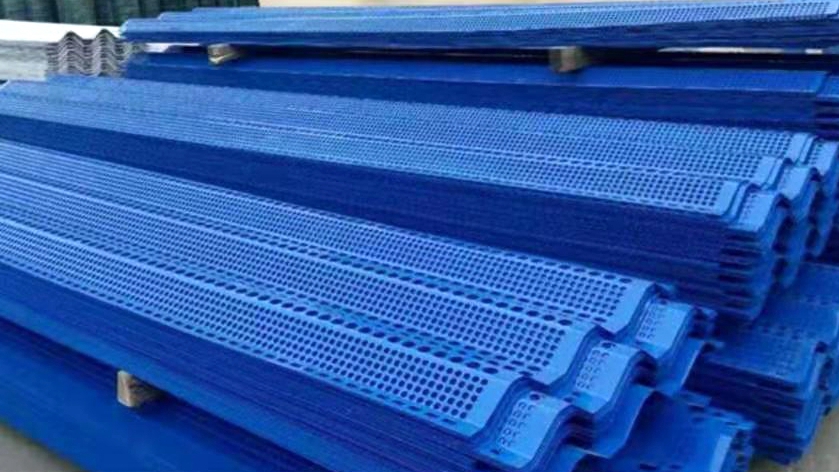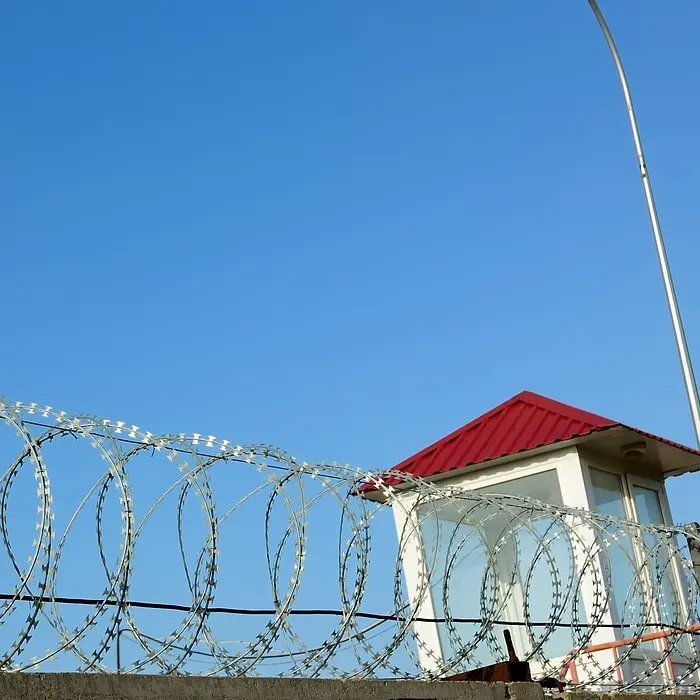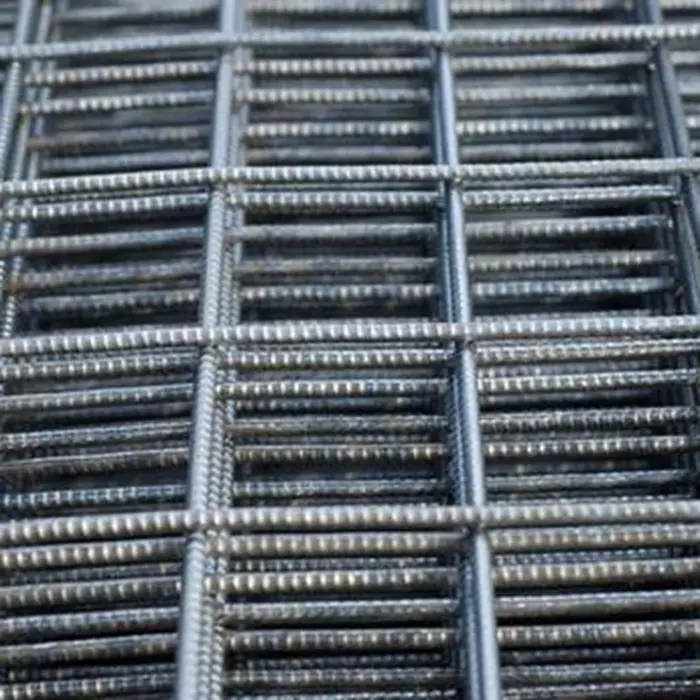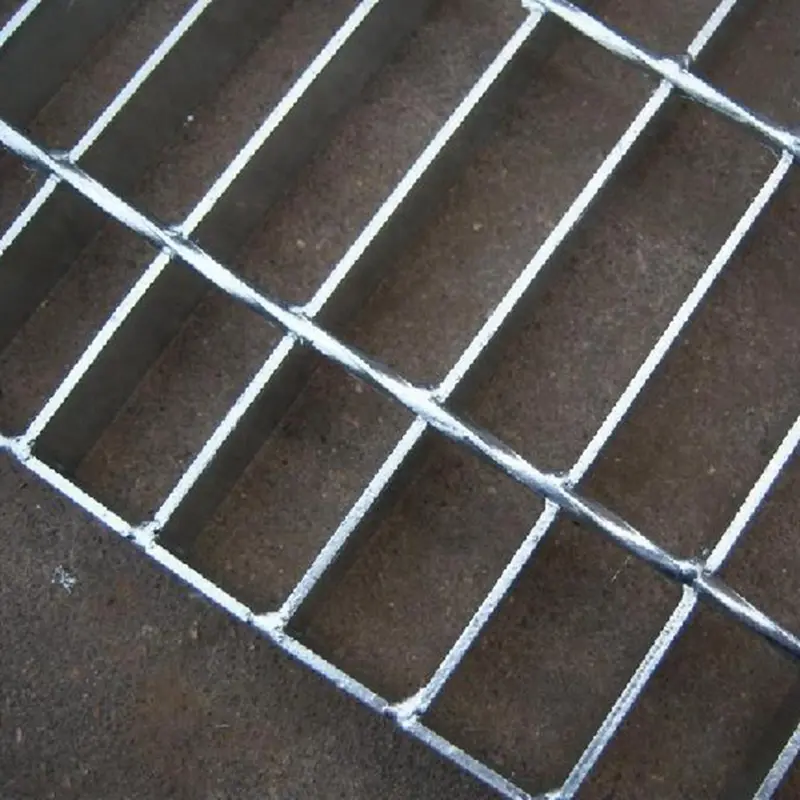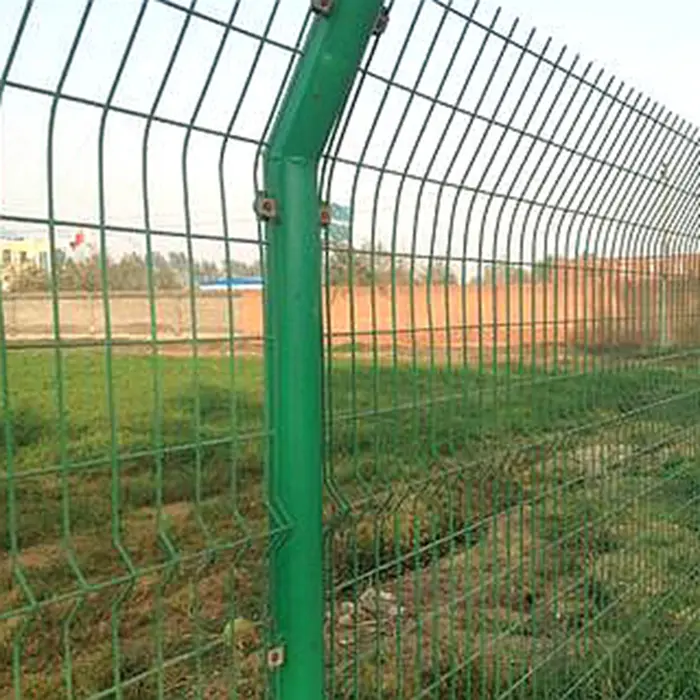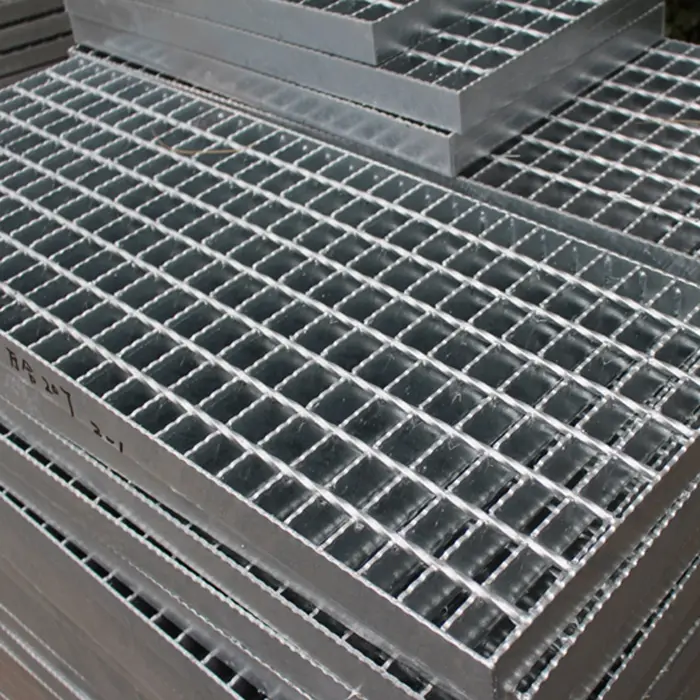As an effective environmental protection facility, wind and dust suppression nets are widely used in open-air yards, coal yards, ore yards and other places prone to dust pollution. It reduces the wind erosion of the material surface by wind force, suppresses the flying and diffusion of dust, and thus significantly reduces the dust pollution in the surrounding environment. So, how to evaluate the effect of wind and dust suppression nets on environmental improvement? The following will discuss in detail from several aspects.
1. Air quality monitoring
The most direct and effective way is to evaluate the effect of wind and dust suppression nets through air quality monitoring. In areas where wind and dust suppression nets are installed, air quality monitoring stations can be set up to regularly monitor the concentration of particulate matter in the air (such as PM2.5, PM10, etc.). By comparing the monitoring data before and after installation, the degree of improvement of air quality by wind and dust suppression nets can be intuitively reflected.
2. Calculation of dust emissions
In addition to directly monitoring air quality, the effect of wind and dust suppression nets can also be evaluated by calculating dust emissions. This usually requires simulation and calculation based on the material type, stacking volume, wind speed and other parameters of the yard, combined with the design parameters of the wind and dust suppression net (such as height, opening rate, etc.), using the principles of aerodynamics. By comparing the dust emissions before and after the installation of the wind and dust suppression net, its dust reduction effect can be quantified.
3. Feedback from surrounding residents
The feelings of surrounding residents about air quality are also an important basis for evaluating the effect of wind and dust suppression nets. Questionnaires, seminars and other methods can be used to collect the feelings and evaluations of surrounding residents on the changes in air quality before and after the installation of wind and dust suppression nets. Although these feedbacks are subjective, they can reflect the actual impact of wind and dust suppression nets on the quality of life of residents.
4. Economic benefit analysis
The wind and dust suppression net has not only environmental benefits, but also economic benefits. By reducing dust pollution, the company's environmental protection fines and compensation costs can be reduced; at the same time, the loss of materials during loading, unloading, transportation and stacking can be reduced, the utilization rate of materials can be improved, and the economic losses of the company can be reduced. Therefore, the environmental improvement effect can be indirectly evaluated by comparing the changes in economic benefits before and after the installation of the wind and dust suppression net.
5. Long-term follow-up evaluation
The evaluation of the effect of wind and dust suppression nets should not be limited to short-term monitoring and calculation, but also require long-term follow-up evaluation. Because over time, the material type, stacking volume, wind speed and other parameters of the yard may change, and the effect of wind and dust suppression nets may also change accordingly. Therefore, it is necessary to regularly re-monitor air quality and calculate dust emissions to ensure that the wind and dust suppression nets always maintain a good dust reduction effect.
